Leading market players are investing heavily in research and development in order to expand their product lines, which will help the Anesthesia Breathing Circuits Market, grow even more. Market participants are also undertaking a variety of strategic activities to expand their global footprint, with important market developments including new product launches, contractual agreements, mergers and acquisitions, higher investments, and collaboration with other organizations. To expand and survive in a more competitive and rising market climate, Anesthesia Breathing Circuits industry must offer cost-effective items.
Manufacturing locally to minimize operational costs is one of the key business tactics used by manufacturers in the global Anesthesia Breathing Circuits industry to benefit clients and increase the market sector. In recent years, the Anesthesia Breathing Circuits industry has offered some of the most significant advantages to medicine. Major players in the Anesthesia Breathing Circuits Market, including Dragerwerk AG, Becton, Dickinson and Company, Altera Corporation, Braun and Company Ltd, Bio-Med Devices, Smiths Group plc, Fisher and Paykel Healthcare Limited, Marcus Corporation, Teleflex Inc, and C. R.
Bard, Inc., are attempting to increase market demand by investing in research and development operations.
For anesthesia and critical care, Armstrong Medical Ltd. manufactures and provides respiratory disposables. The business offers anesthetic face masks, catheter mounts, breathing systems, laryngeal airways, respiratory tubing, CPAP therapy devices, and carbon dioxide absorbents. An upgraded ventilator breathing circuit called AquaVENT VT was introduced in October 2021 by ARMSTRONG MEDICAL, a renowned distributor of medical goods. For mechanical ventilation utilized in life support, the equipment is employed in critical care settings.
Provider of safety technologies and medical equipment is Dragerwerk AG & Co KGaA (Dragerwerk). For the acute point of care (APOC) process chain, which includes emergency care, perioperative care, critical care, prenatal care, and home care, it develops, produces, and markets system solutions, equipment, and services. The company also produces fixed and mobile gas detection equipment, integrated hazard management, system solutions and services for personal protection, professional diving equipment, alcohol and drug detection equipment, and safety equipment.
Germany, Lithuania, Norway, Serbia, China, Chile, the Czech Republic, France, India, Norway, South Africa, Sweden, the United Kingdom, and the US are among the countries where it has development and production facilities. The business runs globally through sales, service, and distributor subsidiaries. The headquarters of Dragerwerk are in Lubeck, Germany. Dragerwerk AG & Co. KGaA unveiled the Dräger BG ProAir in August 2022, a closed-circuit breathing apparatus with cutting-edge capabilities to protect firefighters taking part in lengthy deployments, such as those in complicated structures, towering buildings, tunnels, and basements.


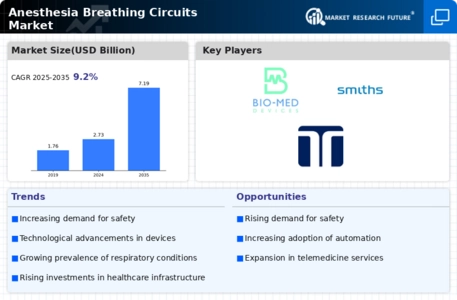
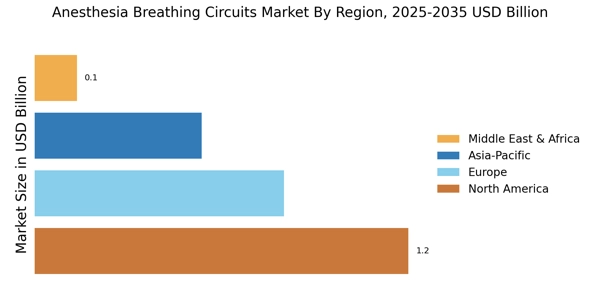
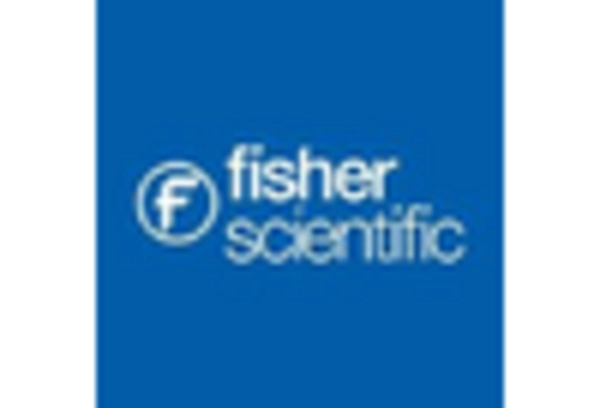



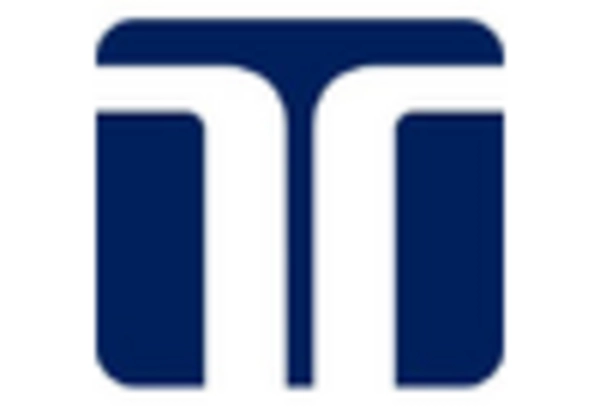
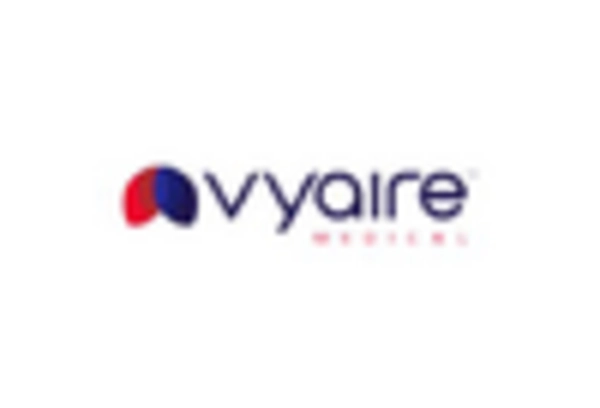








Leave a Comment